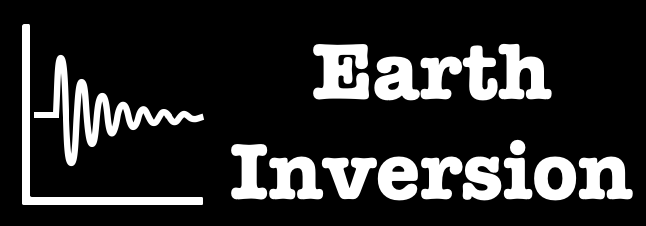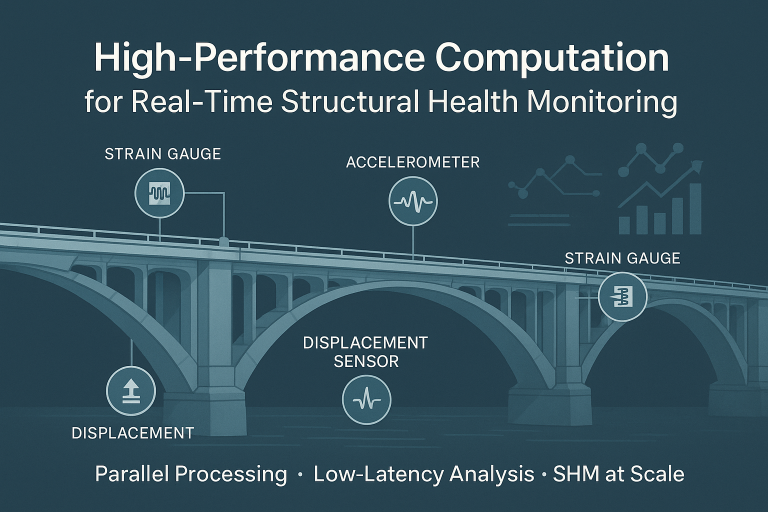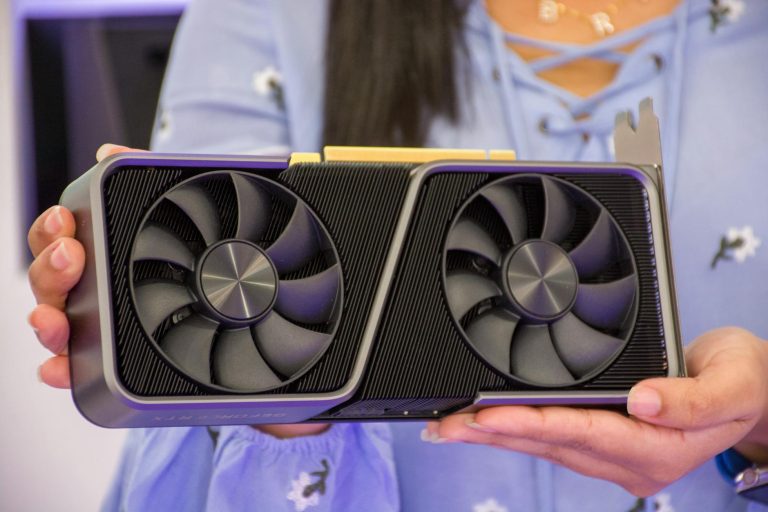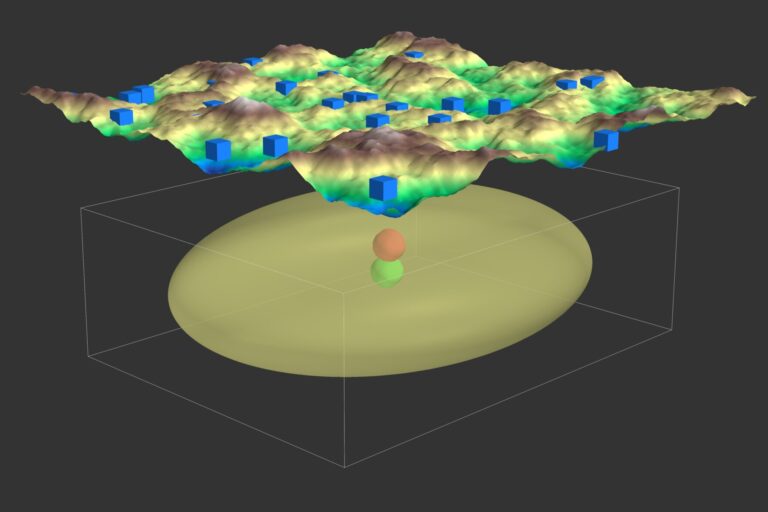The field of global seismology is experiencing a renaissance, with major advances driven by new sensing technologies, big data, high-performance computing, and innovative algorithms. Here are some of the most exciting breakthroughs in recent years:
Machine Learning in Seismology
Machine learning (ML) is revolutionizing many aspects of seismology, from developing more comprehensive earthquake catalogs to analyzing complex waveform data. ML algorithms now enable the detection of much smaller seismic events and precursory signals that were previously hard to identify. For instance, researchers have leveraged a decade of seismic data and ML to map previously unknown fault structures and earthquake clusters in Oklahoma and Kansas [1].
Advanced Sensing Technologies
New sensing technologies, such as fiber optic cables, are emerging as powerful tools for seismic monitoring, especially in challenging environments. Fiber optic cables have been used to detect low-frequency volcanic tremors in ice-covered volcanoes in Iceland and small ice quakes in Antarctica [2]. This advancement could significantly improve our ability to monitor volcanic activity and ice dynamics in remote regions.
Innovations in Seismic Tomography
Seismic tomography, which provides 3D images of Earth’s interior, continues to advance through multiparameter inversion, new mathematical formulations, and uncertainty quantification [3]. For example, strange seismic wave arrivals have recently led to the discovery of an overturned slab in the Mediterranean [4,5]. With increased computational power, researchers can now create detailed 3D models of Earth’s interior using seismic data [6].
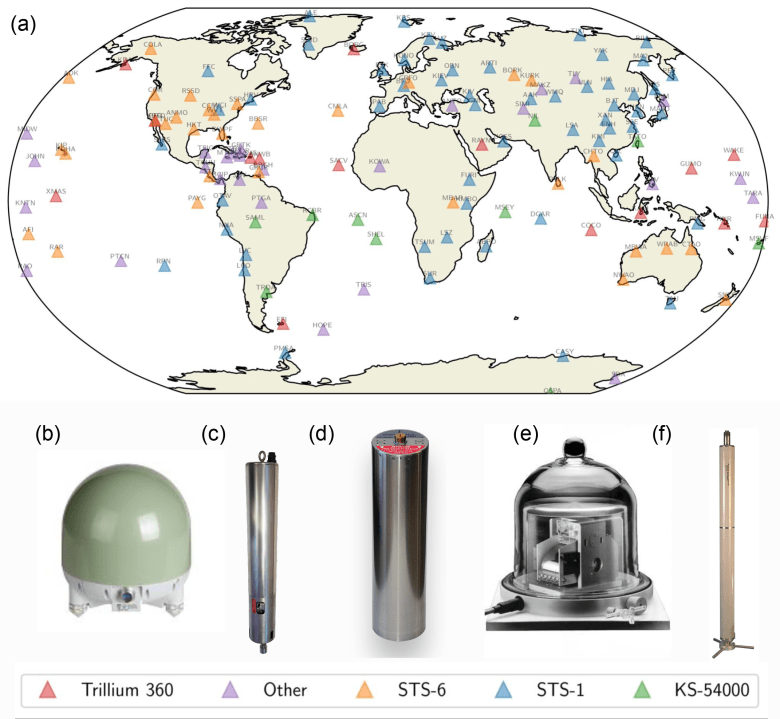
Enhancements in Global Seismic Networks
Global seismic networks have seen significant improvements in data quality, coverage, and near real-time access over the past decades [8]. This progress is enabling fundamental discoveries about Earth’s structure and dynamics. Modeling and simulation, coupled with high-performance computing, are also making it possible to develop more realistic 3D models of seismic wave propagation [9].
Looking Ahead
Key challenges for the future include handling and sharing massive seismic datasets, integrating expertise across disciplines such as seismology, statistics, and computer science, and training the next generation of seismologists in big data skills [10]. However, given the history of the field, the era of big data seismology promises to lead to exciting new discoveries about earthquakes and Earth’s interior.
References
- Yongsoo Park, Gregory C. Beroza, William L. Ellsworth. Basement Fault Activation before Larger Earthquakes in Oklahoma and Kansas. The Seismic Record, 2022; 2 (3): 197 DOI: 10.1785/0320220020
- Andreas Fichtner, Sara Klaasen, Solvi Thrastarson, Yeşim Çubuk-Sabuncu, Patrick Paitz, Kristín Jónsdóttir. Fiber-Optic Observation of Volcanic Tremor through Floating Ice Sheet Resonance. The Seismic Record, 2022; 2 (3): 148 DOI: 10.1785/0320220010
- Fichtner, A., Kennett, B. L. N., Tsai, V. C., Thurber, C. H., Rodgers, A. J., Tape, C., Rawlinson, N., et al., 2024. Seismic Tomography 2024. Bulletin of the Seismological Society of America, 114(3), 1185–1213. DOI: 10.1785/0120230229
- America, S. S. of, (n.d.). Strange seismic wave arrivals lead to discovery of overturned slab in the Mediterranean. Retrieved July 21, 2024, from https://phys.org/news/2024-02-strange-seismic-discovery-overturned-slab.html
- Sun, D., and Miller, M. S., 2024. Revealing the Secrets of the Western Mediterranean: A Deep Earthquake and the Overturned Slab. The Seismic Record, 4(1), 52–61. DOI: 10.1785/0320230049
- Zhu, H., and Tromp, J., 2013. Mapping Tectonic Deformation in the Crust and Upper Mantle Beneath Europe and the North Atlantic Ocean. Science, 341(6148), 871–875. American Association for the Advancement of Science. DOI: 10.1126/science.1241335
- Ringler, A. T., Anthony, R. E., Aster, R. C., Ammon, C. J., Arrowsmith, S., Benz, H., Ebeling, C., et al., 2022. Achievements and Prospects of Global Broadband Seismographic Networks After 30 Years of Continuous Geophysical Observations. Reviews of Geophysics, 60(3), e2021RG000749. DOI: 10.1029/2021RG000749
- Anthony, R. E., Leroy, N., Mellors, R., Ringler, A. T., Saul, J., Vallée, M., and Wilson, D. C., 2024. Preface to Focus Section on New Frontiers and Advances in Global Seismology. Seismological Research Letters, 95(3), 1473–1477. DOI: 10.1785/0220240092
- Komatitsch, D., Erlebacher, G., Göddeke, D., and Michéa, D., 2010. High-order finite-element seismic wave propagation modeling with MPI on a large GPU cluster. Journal of Computational Physics, 229(20), 7692–7714. DOI: 10.1016/j.jcp.2010.06.024
- Arrowsmith, S. J., D. T. Trugman, K. Bergen, and B. Magnani (2022), The Big Data Revolution Unlocks New Opportunities for Seismology, Eos, 103, https://doi.org/10.1029/2022EO225016. Published on 9 June 2022.
